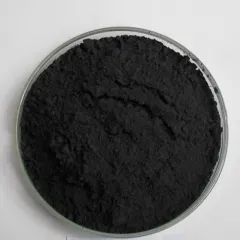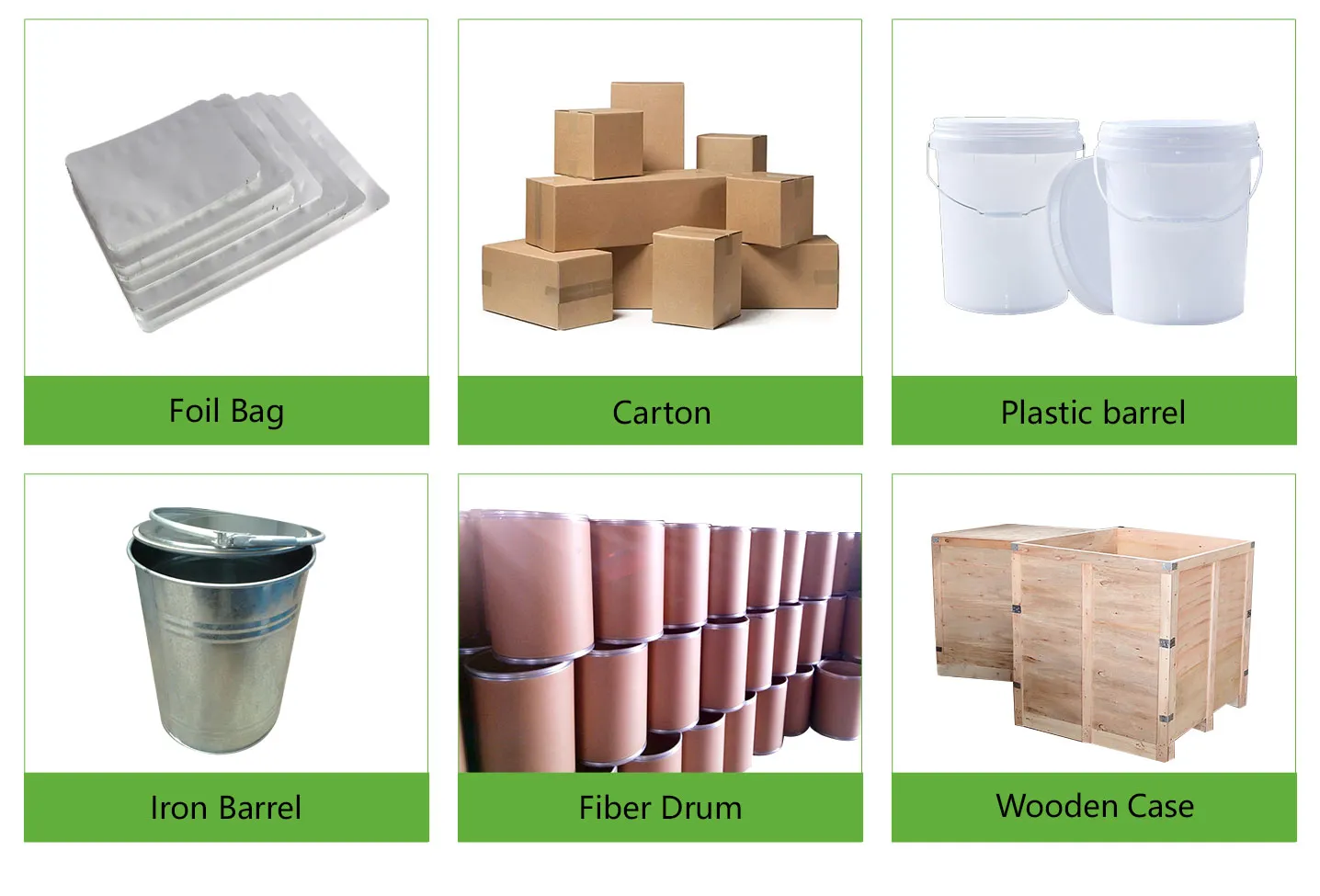Overview of 3D printing powder:
3D printing powders are metal powders that are reduced to fine particles. 3D printing metal powder is the initial base material for most 3D printing processes to produce metal parts. 3D printing, also known as additive manufacturing (AM), is the fabrication of parts and products layer by layer. Both the properties of the metal powder and the type of 3D printing process determine the properties of the final product. The properties of a powder depending on how it was produced, which can result in varying particle morphologies and purities.

How to choose 3D printing powder?
Different 3D printing equipment and moulding processes require different particle size distributions. At present, the powder size range commonly used in metal 3D printing is 15-53 μm (fine powder), 53-105 μm (large particle size), and can be relaxed to 105-150 μm (large particle size) in some cases.
The selection of 3D printing particle size of 3D printing powder is mainly based on different energy sources for metal printers.
For printers using laser as the energy source, due to its fine focus spot and fusible fine powder, it is suitable to use 15-53 μm powder as consumables, and the powder supply method is layer by layer;
The powder printing printer with an electron beam as the energy source has a micro-focus point, which is more suitable for melting coarse powder, suitable for 53-105 μm coarse powder;
For coaxial powder feeding printers, powders with a particle size of 105 ~ 150 μm can be used as consumables.
Company profile
Synthetic chemical has been dedicated to 3D printing powders for ten years and is a professional company with supply and marketing integration. The company has a professional technical department and quality supervision department, a well-equipped laboratory with advanced testing equipment, and an after-sales customer service center.

Storage conditions
1) Maintain a dry area at the temperature of room.
2) Avoid high and damp temperatures.
3) Utilize immediately following the opening of the bag inside.
Payment methods
L/C, T/T, Western Union, Paypal, Credit Card etc.
Shipment
By sea, by air, by express, as customers request.

FAQ:
Q1:
What is 3D Printing powder?
Re:3D printing powder is a powder material used for 3D printing and has a variety of applications. 3D printing powder includes metal powder and non-metal powder, including metal powder, including stainless steel, aluminum alloy, titanium alloy, nickel alloy, etc., and non-metal powder, including resin, plastic, ceramics, and so on. When the powder is printed through 3D printing technology, it is piled up and bonded layer by layer according to a computer-designed model and finally forms a complete three-dimensional object.
Q2:
Application range of 3D printing powder:
Re:Aerospace: 3D printed metal powder can be used to manufacture high-performance aerospace components, such as engine parts, frame structures, etc.
Construction field: 3D printing non-metallic powder can be used to manufacture building models, building components, such as beams and columns of houses.
In the field of culture and art: 3D printing non-metallic powder can be used to manufacture art, sculpture, jewelry, etc., such as jewelry, home decoration, etc.
Q3:
What is the impact of 3D printing powder on the environment?
Re:Air pollution: Dust and fine particles produced during 3D printing can be inhaled into the lungs, affecting respiratory health.
Environmental pollution: Some materials used in the 3D printing process can have a negative impact on the environment. For example, the decomposition of certain plastic materials at high temperatures can produce harmful gases, while certain metal powders can cause fires. In addition, these materials may also cause environmental pollution during the production process.
Waste of resources: 3D printing requires a lot of raw materials, which are often non-renewable or limited resources.
Q4:
How do we solve environmental problems?
Re:Recycling: The waste of 3D printing materials is recycled and reused in the printing process, which can reduce the waste of resources.
Control energy consumption: Strengthen the energy consumption control of printing equipment, such as improving the energy efficiency of equipment and reducing unnecessary energy waste.
Using renewable energy: Exploring the use of renewable energy sources for 3D printing operations.
Optimize the printing process: By optimizing the printing process and improving printing efficiency and material utilization, you can reduce the waste of resources.
Q5:
How do you control energy consumption in the 3D printing powder process?
Re:Choose the suitable printing material: Different printing materials require different energy and time to melt and cure, so choosing the suitable printing material can significantly reduce energy consumption. For example, PLA (polylactic acid) is a biodegradable printing material that has a lower melting temperature and relatively small energy consumption.
Optimize print parameters: Print parameters such as print speed, height, and fill density affect energy consumption. By adjusting these parameters, you can reduce energy consumption while maintaining print quality.
Regular maintenance and cleaning: Regular cleaning and inspection of components such as the heater and fan of the 3D printer to ensure that they are functioning correctly can avoid energy waste.
Recycling and reuse: Items that have already been printed can be recycled and reused, reducing the need for new materials and thus reducing energy consumption.


